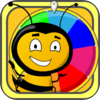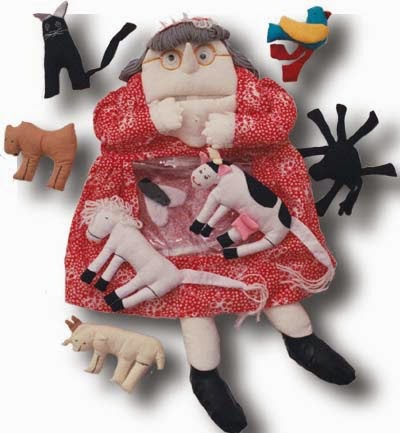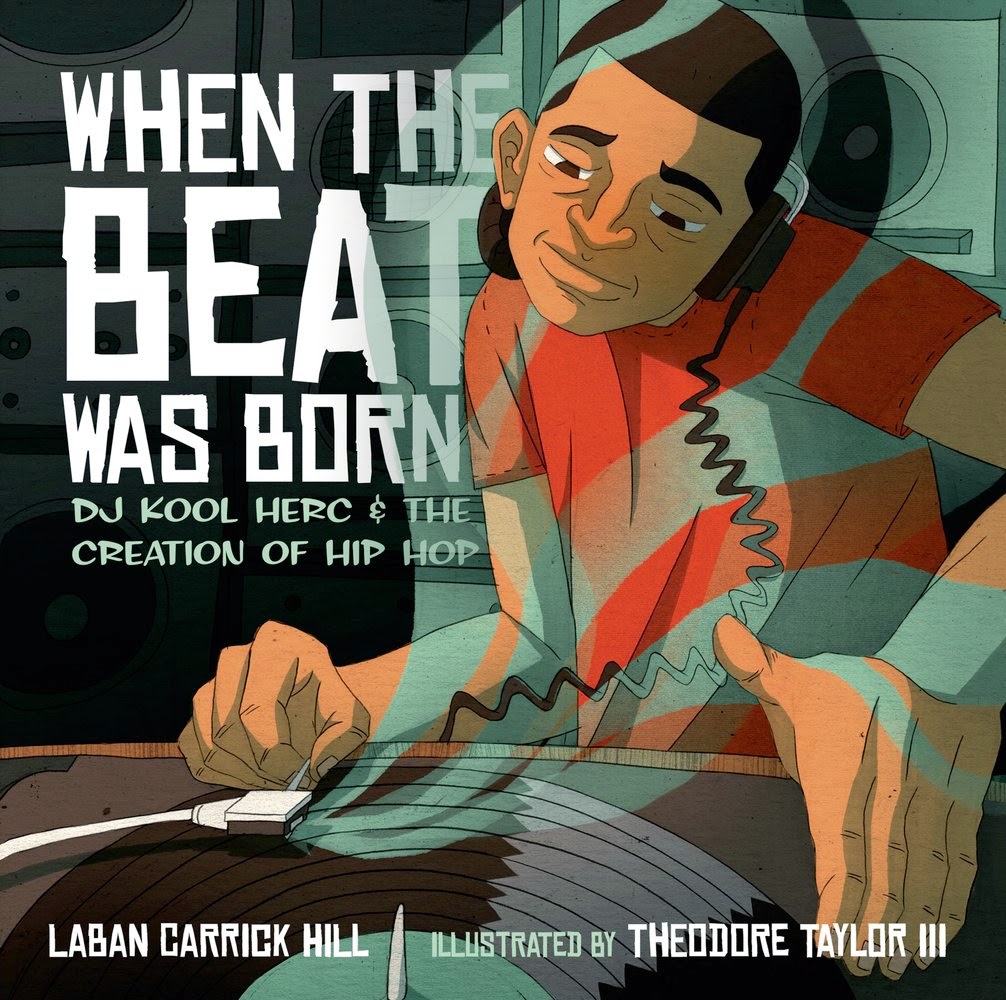Apps Gone Free:
"Apps Gone Free is a great way to discover apps from the App Store that have gone free for the day. To get the word out, apps will occasionally go on sale for a day or a week and this app lets you know about them. You’ll find five to ten apps of all different kinds highlighted per day."
I added this app today (actually 5/28), and it advertised the following free (temporarily) apps:
- Tube for YouTube- "Get the full YouTube experience"
- Gridplay-"Turn your everyday videos into framed masterpieces"
- Fairway Solitaire by Big Fish Games, Inc. -"The highest and rated and most popular solitaire game in the app store"
- Game of War- Fire Age- "An addictive strategy game with a fun social aspect"
- Atomus- "Take control of thousands of particles with this relaxing entertainment app"
- Pocket Scanner -"Turn your iPhone into a powerful mobile scanner"
- Tadaa SLR -"Take fantastic SLR quality photos"
- Uface- Unique Face Maker -"Create hand-drawn versions of yourself"
- Pocket Scanner HD - turn your iPad into a portable scanner
- SalaryBook HD -"Freelancers, consultants, and professionals can keep track of their working hours and earnings'
I am going to pass on these. But, for kicks I went back a week to see what else had been offered, and this one seemed interesting.
IncrediBooth- "...Create awesome photo strips using your iDevice's front-facing camera"
In truth, I don't know how much I will actually check this app. I don't feel I'm really lacking apps, and I probably wouldn't pay for one unless it's really outstanding, but I guess it's a nice option.
Quixey:
"Quixey is the app search engine and it’s a great way to discover apps. It allows you to search for the type of app you’re looking for and it gives you great suggestions. It’s a much better way to do some keyword searching to find apps than you’ll get in the Apple or Android stores."
Puttering around on Quixey and searching for brain games, I turned up this app:
Fit Brains Trainer: "Fit Brains Trainer is a brain training & fitness app with more than 360 games & unique training sessions that are designed to enhance your Memory, Processing Speed, Concentration, Problem Solving and Visual skills."
I had to enter my identifying information, including age, and the app began to "train" me with appropriate games. In session 1, I counted blocks for speed, then completed number patterns for problem solving. Ick, numbers. Things resembling math make me nervous. In session 2, I identified shadow shapes for visual improvement, counted more blocks, and spotted hidden shapes for speed. You get the idea. I think that I will use this app. Well, maybe not. Apparently you only get five sessions for free and after that it's ten dollars a month.
I also tried the keyword "kindness" and found:
Random Act of Kindness: Which suggests compassionate things you can do and lets you share them on social media. Some examples: "Help someone get their GED," "Document your family tree," and "Donate clothes to a woman's shelter."
Acts of Kindness: Which does pretty much the same thing, with additional suggestions of good causes to donate to. For example, "You could donate to Africare" and all you need to do is push "Learn More" to be connected to Africare's website. Other good deeds: "You could lend advice to someone with a problem," "You could donate to National Children's Leukemia Foundation," "You could donate to the American Brain Tumor Association," and "You could donate to the Animal Legal Defense Fund."

Bee Kind: Is more visually fun than the other two apps, more child friendly and probably more likely to be used by me. To get your kindness To Do List, you spend the bee's wheel and it gives you a suggestion, which you either accept or reject, such as "Be kind to the planet, shut the car off if stopped longer than a minute," "Be very kind to yourself, forget the past and let go of your guilt," "Be kind to animals, donate pet food to a local animal shelter," and "Be very kind to others, buy groceries for an elderly friend." All the ideas that you accept are compiled into a list and you can check things off when you have finished them. Then you can share on social media if you want. For extra cuteness and fun, there are also levels to the game. You start as a lazy bee and progress to a super bee!
Kindness Free Guided Meditation for Inner Peace:
As promised, this app talks you through a brief (approx 6 minutes) lovingkindness meditation. You can choose whether you want a male or female voice, English or Spanish and if you want background music, no music, or forest or beach sounds. It also offers written quotes about kindness that you can flip through.
And finally,
Kind MindQ:
This is a collective consciousness app that appears to be a work in progress. The idea is for beings the planet over to focus on love, kindness and world peace. I'll stay tuned for the next generation of this app.
The bottom line is that
Quixey is a winner.

















































